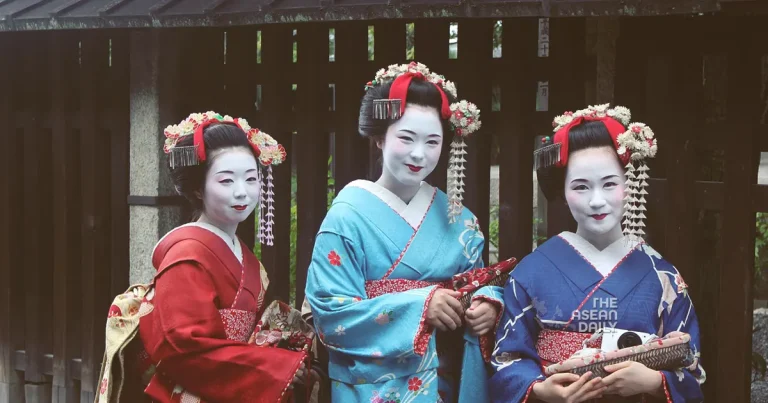7-3-2024 (TOKYO) Kyoto, known for its rich cultural heritage, has decided to restrict access to private alleys within its renowned geisha district, Gion, in an effort to combat overtourism following the pandemic. Local residents have long voiced concerns over the behavior of tourists, particularly in the Gion district, where geishas, known as “geiko” locally, and their apprentice “maiko” perform in traditional teahouses.
In December, a council consisting of Gion district residents appealed to Kyoto City to address the issue, emphasizing that their neighborhood should not be treated as a mere theme park. Instances of disrespectful behavior by tourists were cited, including incidents where a maiko’s kimono was torn and another where a cigarette butt was placed in a geisha’s collar.
Due to the persistent problem, the council has decided to take stronger action. “Starting from April, we will request that tourists refrain from entering the narrow private streets,” stated Isokazu Ota, an executive member of the council, in an interview with AFP. Ota expressed regret at having to resort to such measures but emphasized the council’s desperation. Signages will be installed to inform visitors of the restriction.
It is important to note that Gion’s main thoroughfare, Hanamikoji Street, which is a public area, will remain accessible to tourists. Ota highlighted that groups of tourists sometimes exhibit intrusive behavior akin to paparazzi when geishas emerge from the narrow streets, which are only one or two meters wide.
In 2019, the Gion district council erected signs prohibiting photography on private roads, warning of potential fines of up to ¥10,000 (US$67). Contrary to popular misconceptions, geishas are not involved in prostitution but are highly skilled entertainers, adept at traditional Japanese dance, musical instruments, and games.
Japan has experienced a surge in tourism since the easing of pandemic-related travel restrictions, leading to concerns of overtourism in various popular destinations. In response, measures are being implemented to manage visitor numbers and improve safety. For instance, hikers using the most popular route to ascend Mount Fuji will be required to pay a fee of US$13 each this summer, with visitor numbers being limited to alleviate congestion and enhance safety precautions.




